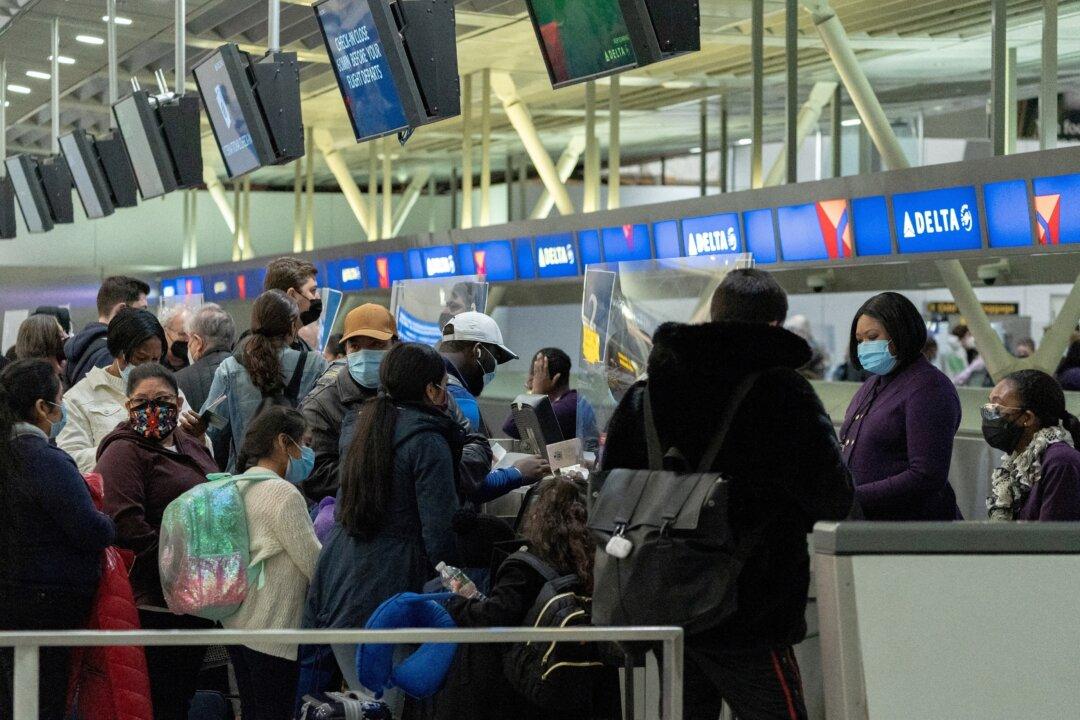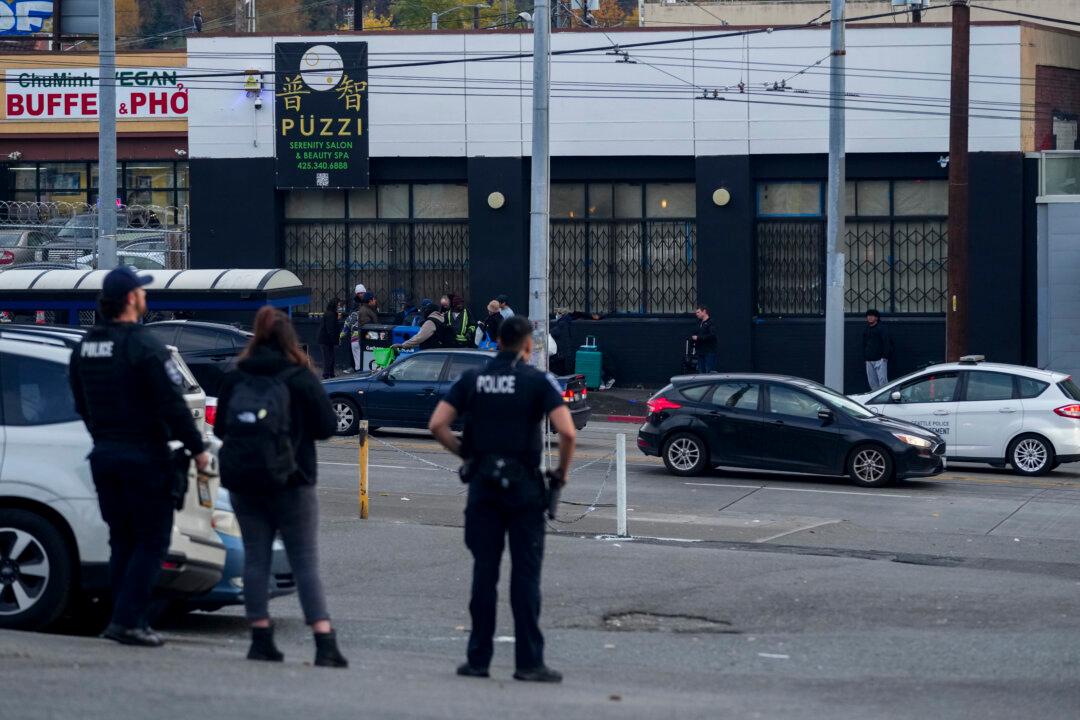For two consecutive days, airlines canceled thousands of U.S. flights scheduled for Thursday and Friday after thunderstorms hit the East Coast.
According to the tracking service FlightAware, 1,532 flights, either arriving, leaving, or traveling within the United States, had been canceled as of late Friday, while another 8,803 had been delayed.





